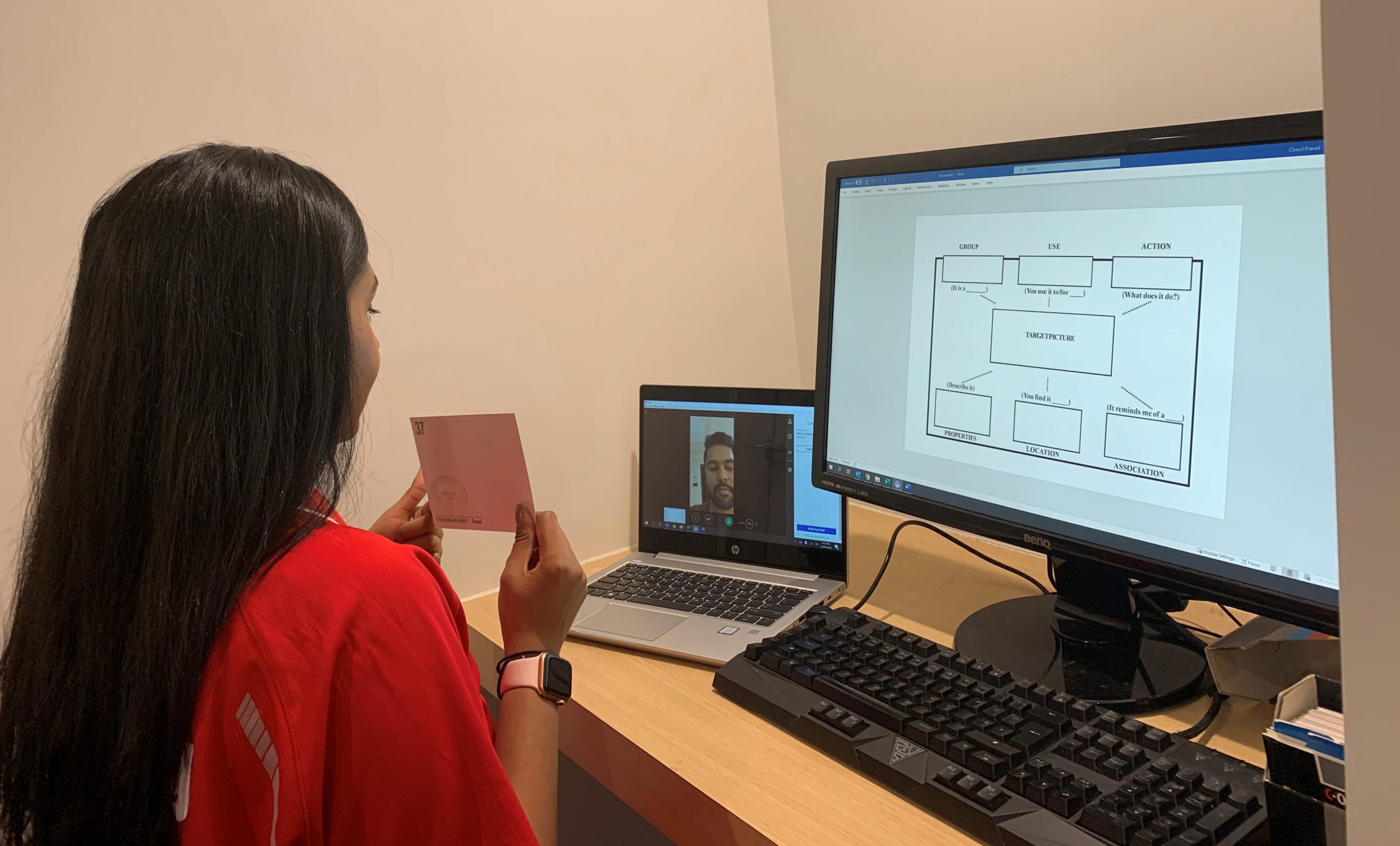

Cheryl senses that parents don’t feel so much pressure when they know the therapist won’t be knocking at the front door and spending time in their private space.
“A lot of the kids and their parents also really like the fact it feels like an extension of school,” she said.
“With lots of schools having switched to online learning during the lockdown, kids are already at the computer or on the iPad, so we see a relatively easy transition to a therapy session. In some ways, I think it’s contributing to normalising the experience, which is an unexpected bonus.”
Cheryl uses a range of visual tools and games in her speech pathology sessions and is finding that kids respond positively to the aids and props in her digital kit because they’re so vivid and compelling. Interactive PowerPoints have been a big hit too.
“I’m enjoying exploring new and different ways to engage my clients, but the therapy fundamentals remain the same.
“We’re managing and responding to our clients just like we always did – looking for body language that will tell us it’s time for a movement break or recognising when we’ve worn them out because response time has really slowed down.”
For Cheryl, it also means less time on the road and more time with clients, doing what she loves.
“Although I do have to force myself to leave the house every day at lunchtime and go for a walk, just to try and keep things a bit normal,” she said.
Here are some online resources that Cheryl has been using with clients:





